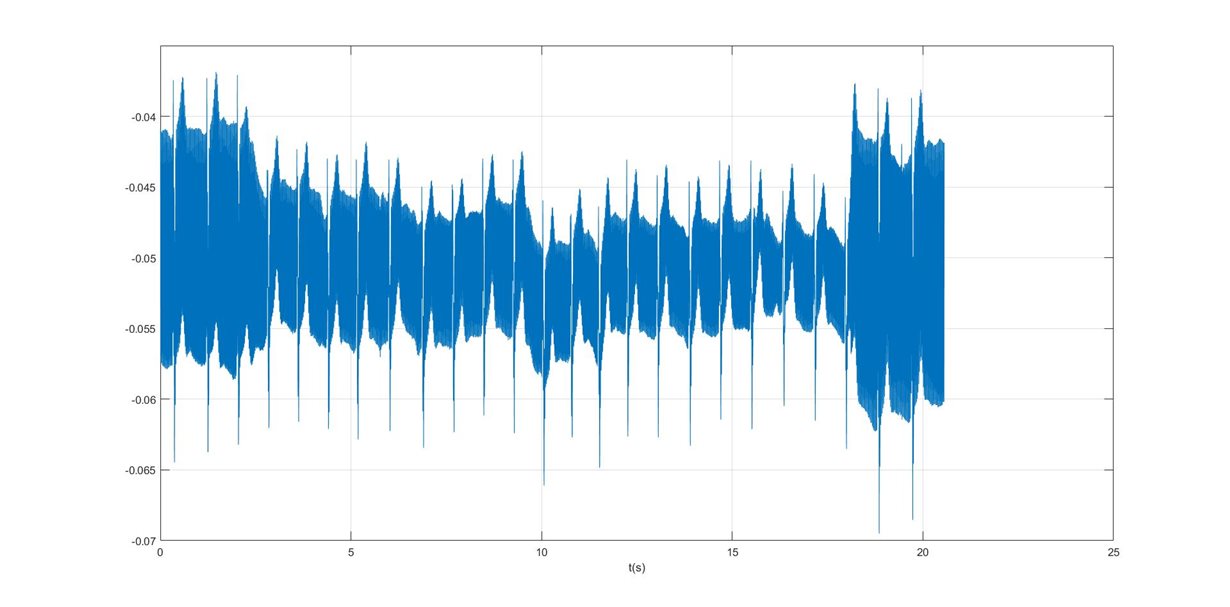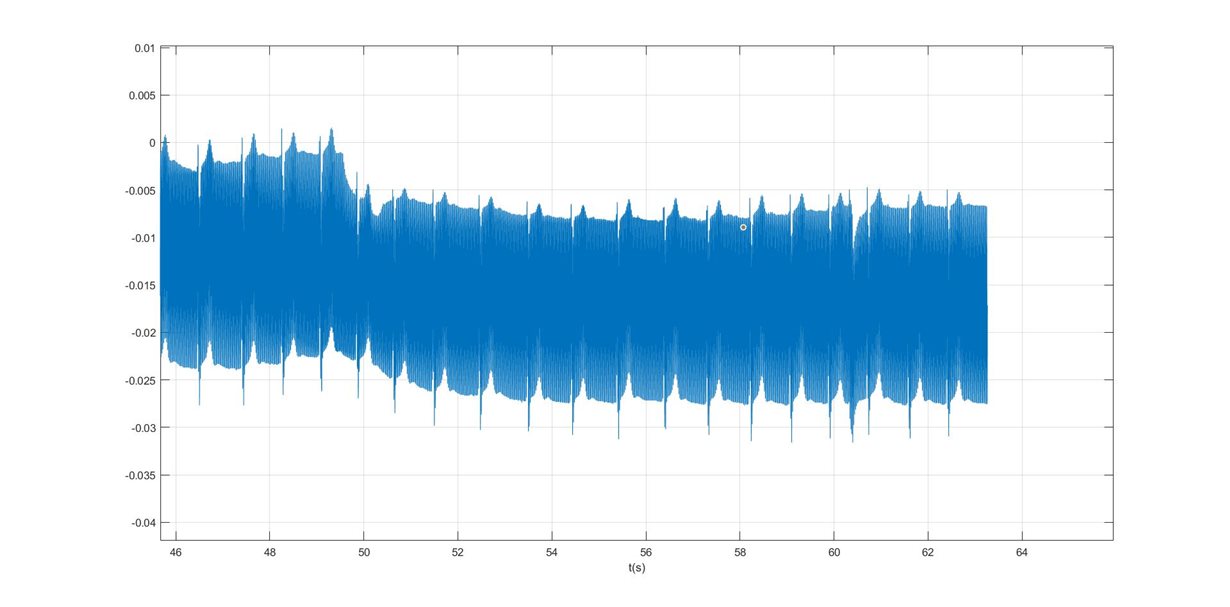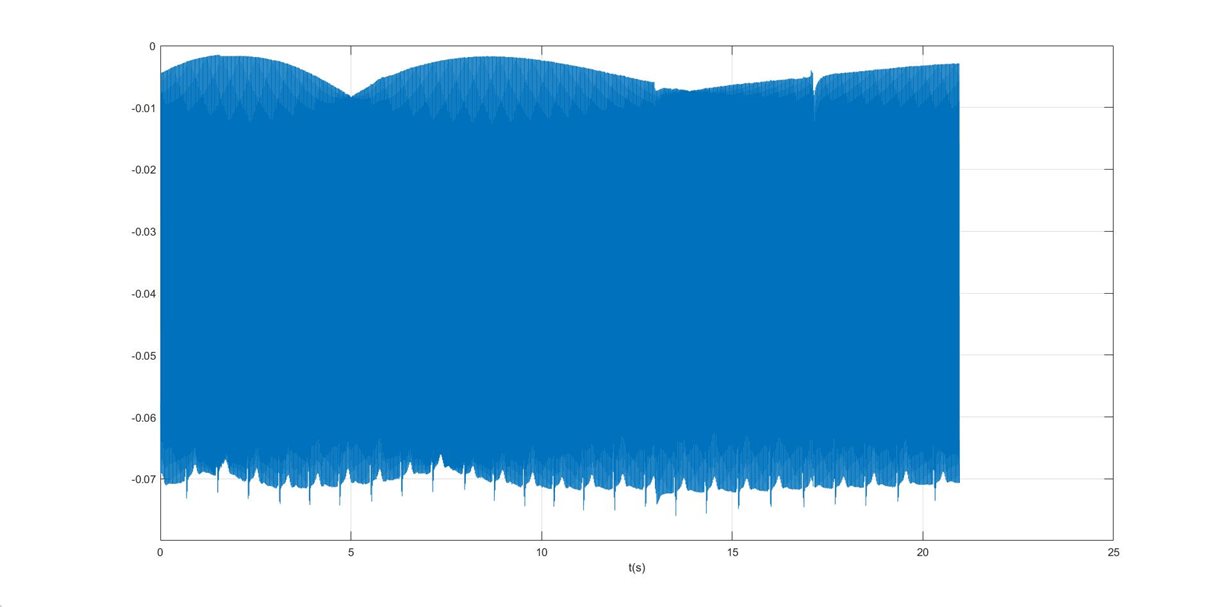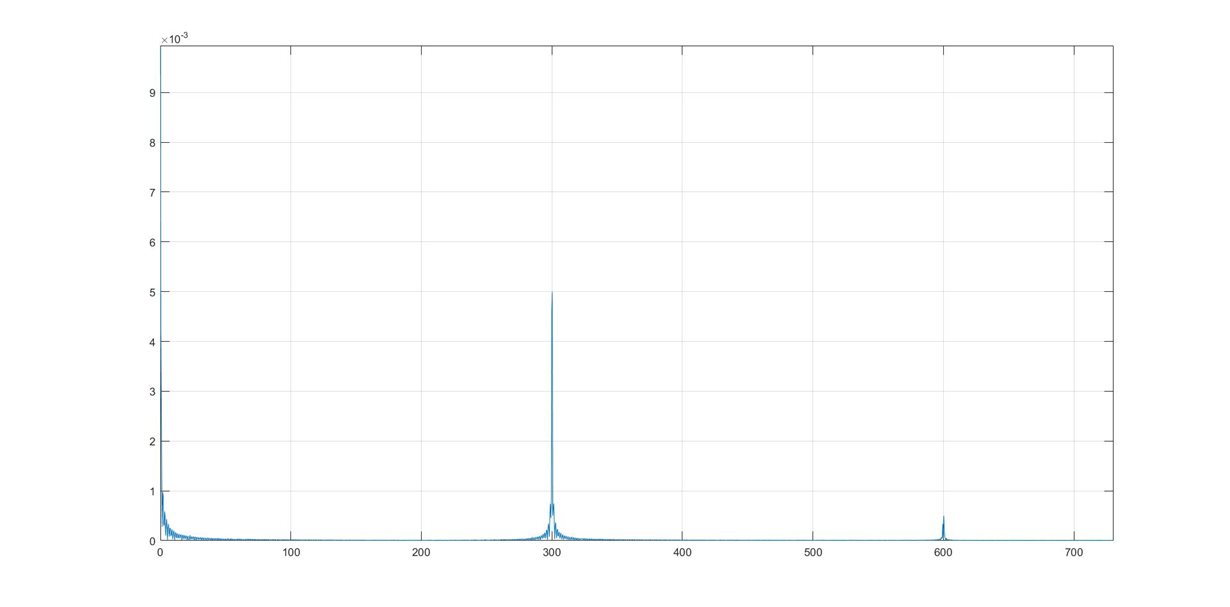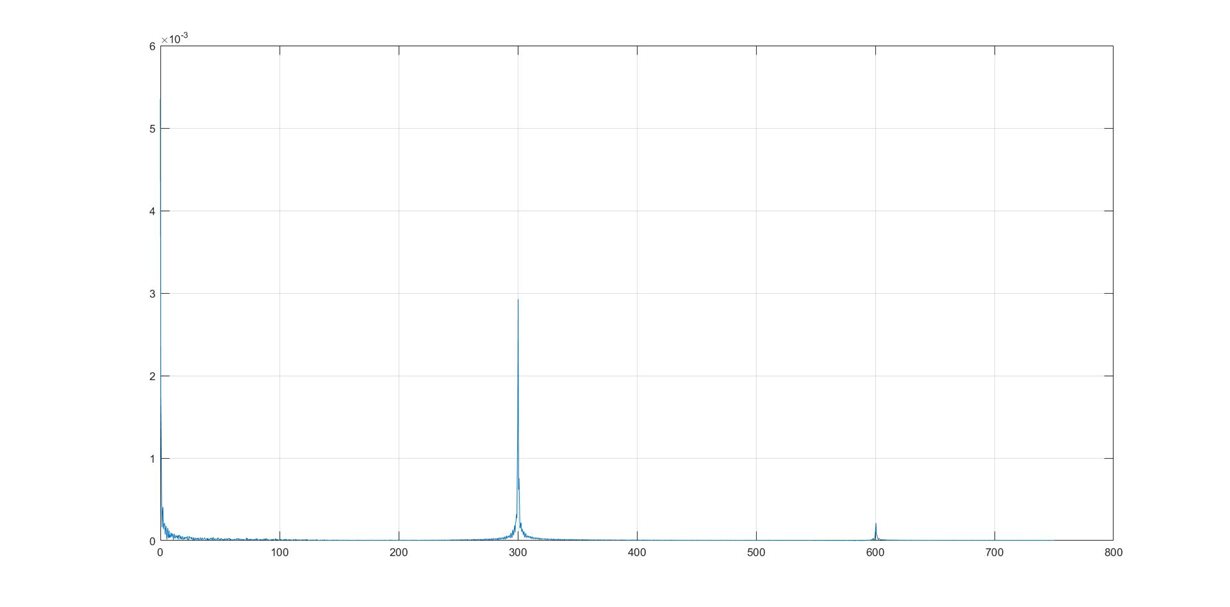Other Parts Discussed in Thread: TPS63030
Hi guys,
I'm using the ADS1292R. My custom board can get the ECG signal successfully, but the original data has a lot of noise.
I try to separate the DGND and AGND and the GND of my power source, and connet the DGND to GND with a 0 ohm resistor(I did the same between AGND and GND). The purpose is to reduce the EMI on the analog signal. I also used the RLD to make the result better.
But the result is still bad. Here are somt of my result:
The ECG signal could be recognized obviously, but what the other noise is? Could it be the other kind of noise but the EMI?
I hope you guys could give me some suggestion to make improvement to my board.
Thanks a lot,
Yuhang


